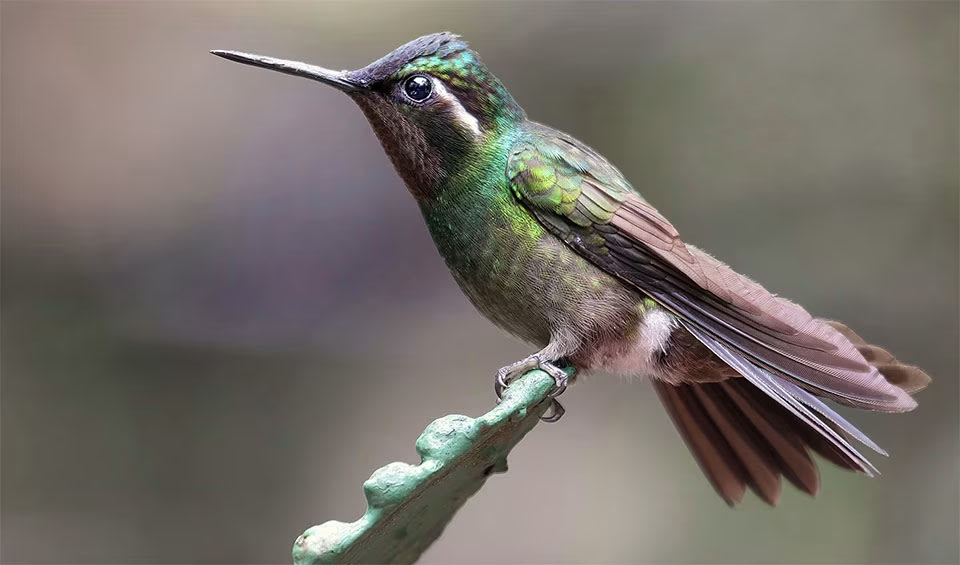Lampornis – Mountaingems
A unique group of hummingbirds living high up in the North and Central American mountains
Mountaingems are small, gem-like birds that are native to the mountainous regions extending from the southwestern United States all the way down to the isthmus of Panama in Central America. This wide geographical range has allowed the various species within this genus to adapt to a diverse array of montane forest environments.
These birds are a visual treat, with the males typically displaying iridescent throat feathers that shimmer in a spectrum of colors, depending on the species and the angle of light. This bright throat patch, known as a gorget, is often used in displays to attract females and as a sign of aggression to deter rivals. Females, on the other hand, usually exhibit more subdued coloration, with buff or pale rufous undersides, which may offer better camouflage while nesting.
Lampornis hummingbirds have evolved to feed on the nectar of a variety of flowers, playing an important role in pollination. Their long, specialized beaks allow them to extract nectar from deep within flowers, and their rapid wingbeats enable them to hover in place as they feed. In addition to nectar, these birds also consume small insects and spiders, providing them with essential proteins and other nutrients.
Mountaingems are generally solitary and fiercely territorial, especially when it comes to their feeding territories. They often engage in aerial displays to defend their territory from intruders. These territories are usually centered around areas rich in nectar-producing flowers, which the hummingbirds guard diligently.
During the breeding season, males perform elaborate courtship displays to attract females. These may include a series of songs, flashy flight maneuvers, and showing off the rich colors of their gorget. Some species may also engage in ‘flower guarding,’ where the male allows the female access to the flowers in his territory as part of the courtship process.
Species in this genus
Purple-throated mountain-gem
One of the living jewels found in the humid mountains of Central America


